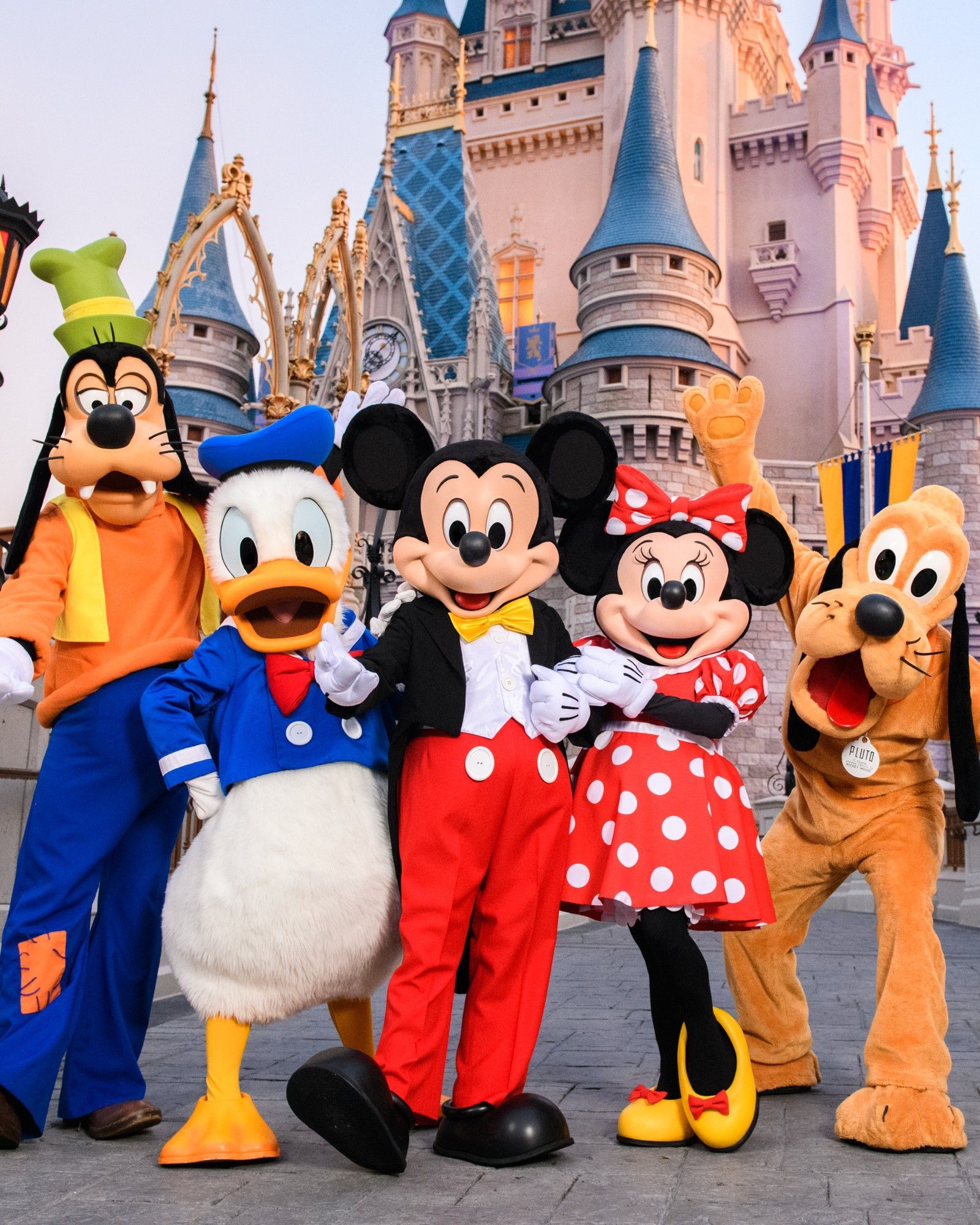
Perhaps AI is not that good at spotting counterfeits A tech revolution wished by many, but not as near as hoped
Since their introduction into our daily lives, AI has transformed workflows across numerous industries and begun solving a wide array of problems thanks to its speed and precision—though it is still far from perfect. With the rise of secondhand fashion and online luxury commerce, both directly through brands and indirectly via marketplaces and platforms, AI has appeared to many as a possible solution against counterfeit trafficking, a phenomenon that has grown alongside fashion and threatens not only brand reputations but also consumer trust, which is currently at an all-time low. And while a world where artificial intelligence can determine from just a photo whether that bag found at a flea market is Dior or not—or whether the archival piece up for auction on eBay is credible or not—sounds ideal, the reality is more complex. As reported by WWD, not only do counterfeit products continue to proliferate, but AI has also yet to categorically and absolutely determine the authenticity of products. Not to mention the instances on various marketplaces where an authentic product is flagged as fake by the automated screening now integrated into many apps, causing the listing to be hidden. Are we sure AI is really that good at spotting fakes?
Counterfeiting costs retailers billions every year Osmo’s AI-powered sensors are transforming authentication by detecting real products from fake ones with precision. Be part of the future—join the Osmo community today: https://t.co/17Rb7Cgql3 #DigitalOlfaction #Osmo #ScentTech pic.twitter.com/JGPSusBfoV
— Osmo (@Osmo_Labs) November 25, 2024
AI’s ability to analyze massive amounts of data with speed and precision makes it a valuable ally in the fight against counterfeits. Tools like Entrupy, an AI-powered authenticator, boast a 99.1% accuracy in identifying authentic products versus counterfeits, examining microscopic details such as stitching, logos, and material textures—far beyond human capabilities—while leveraging extensive databases. In 2023, Entrupy analyzed luxury goods worth $5 billion, a significant jump from $2 billion in 2022 and $1.7 billion in 2021. Its reference image database has expanded in parallel, growing from 25 million images in 2022 to 50 million in 2023—an essential “archive” for training AI “sleuths.” Yet, despite this high level of precision, Entrupy's annual report, State of the Fake, found that, over years of progress, the percentage of unverifiable or potentially counterfeit products has increased rather than decreased, rising from 8.1% in 2022 to 8.7% in 2023. In short, counterfeiting is proving to be a more precise science for counterfeiters than for digital authenticators. According to WWD, counterfeiters are not only keeping pace with AI but leveraging it to their advantage. Advanced manufacturing tools, such as 3D printing and AI-based design software, have led to the creation of fakes that replicate not just the appearance but also the tactile qualities of luxury products, making it increasingly difficult to distinguish counterfeits from originals.
@tanner.leatherstein Prada Bag Mystery: Is It Real or Fake? Thanks to The RealReal (@therealreal) authentication team’s help, I was able to come to a closure on this year long mystery… #fake #prada #authenticity #counterfeit #leatherbag #luxurybag #tannerleatherstein original sound - Tanner Leatherstein
This has not stopped the war against fakes, which is being waged practically everywhere online, albeit with limited success. In 2023, Amazon invested over $1.2 billion in fighting counterfeits, mobilizing more than 15,000 specialists, including machine learning scientists, developers, and investigators, to combine artificial intelligence with human expertise. That same year, over 700,000 fraudulent attempts to open seller accounts were blocked, contributing to more than 50 raids conducted in collaboration with law enforcement and the seizure of 7 million counterfeit products—a substantial number, but far from encompassing all fake products. According to a report by the European Union Agency for Law Enforcement Cooperation—also cited in the WWD article—counterfeit goods are estimated to account for 2.5% of global trade, equivalent to $461 billion annually. Other reports, such as that of the National Crime Prevention Council, estimate the figure at $2 trillion by the end of 2023, underscoring the enormity of the problem. As explained by the Senior Brand Expert at Vinted, who oversees the marketplace's Item Verification Service, currently conducted entirely analogically, counterfeiters can now forge virtually anything, including QR codes, holograms, RFID tags, related web pages, and even blockchain-based technologies. As a result, not only are those markings unreliable, but even AI systems cannot recognize the latest counterfeits, as they can only identify those previously documented.
The only certainty is that AI alone is not enough. First, the technology needs broader adoption and more extensive training; second, its application across the many direct and secondhand marketplaces that have proliferated online would require challenging collaboration among fashion brands, governments, and technology providers, combining AI's speed, strict law enforcement, and public awareness. As AI evolves, its potential to combat counterfeits will undoubtedly improve, but human involvement remains necessary. Until then, the luxury sector—and society as a whole—will have to live with counterfeits and fight them as best they can, assuming they can tell them apart from the originals.














































